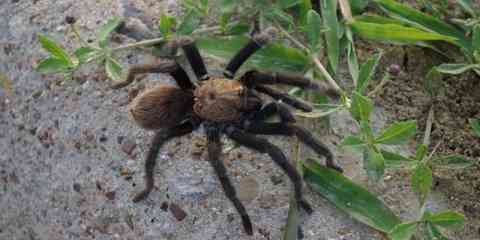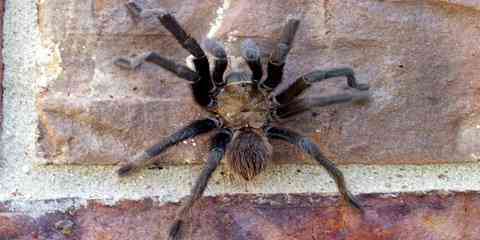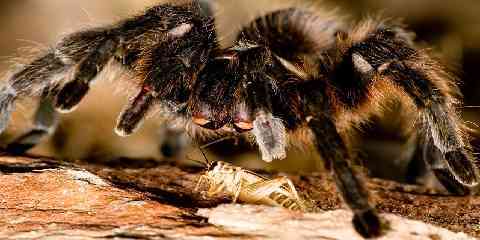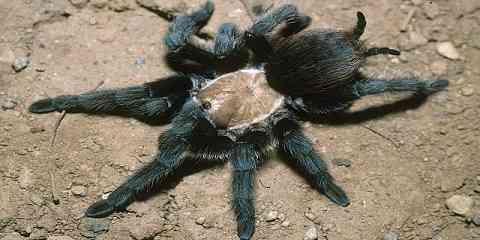The Texas brown tarantula (Aphonopelma hentzi) occupies the deserts and prairies of the southern states – the species isn’t confined to Texas, henceforth its other regular names Oklahoma darker/brown tarantula and Missouri tarantula. In the wild, they have singular existences outside the rearing season, with child tarantulas leaving their mom a couple of days in the wake of incubating.
Texas tarantulas, as different types of 8-legged creature, have a body that comprises of two sections (the cephalothorax and the mid-region) and in addition the standard eight legs. As the normal name infers, the dorsal tinge is essentially dark colored, in spite of the fact that the force of the darker is specifically related with the age and physical state of the insect.

The belly is secured with long, coarse dim dark colored hairs that are known as urtication hairs. The stomach area is by and large one approach to separate amongst guys and females. The female’s belly is as wide or more extensive then the cephalothorax, giving her 60 minutes glass or figure-eight shape.
The male’s guts are for the most part slenderer than the cephalothorax. Tarantulas are among the greatest creepy crawlies of the New World, and this species is by a wide margin our heaviest.
Facts of Texas Tarantula
Considerations
Texas tarantula or Oklahoma tarantula tans may chomp if terrified or incited and, in spite of the fact that the nibble is probably not going to be perilous unless you are hypersensitive, it will be agonizing, generally identical to a honey bee sting. Be persistent with your tarantula and don’t lift her up with your exposed hands until the point that she is totally familiar with you.
Little kids must be directed around tarantulas, and get a bolt for the tank on the off chance that you have children of your own. Females live far longer than guys – up to 40 years contrasted with around 10 – making them as genuinely long-haul responsibility.


Tank
The tank does not should be huge – 10 gallons is sufficiently enormous. This is a tunneling animal groups, so incorporate a few creeps of a protected substrate, for example, compound free preparing fertilizer, while setting up the tank.
Try not to keep in excess of one tarantula in a tank – they’re not friendly. You’ll likewise require a hygrometer to quantify mugginess, and a shallow dish for water. The tarantula would likewise welcome a substantial bit of bark as a concealing spot.


Food
Like other spiders, Missouri tarantula or Texas tarantula exists on an eating regimen of little spineless creatures. In imprisonment, they’ll take pet crickets, grasshoppers and other live prey of an appropriate size.
Tarantulas needn’t bother with encouraged all that frequently – a few things here and there seven days is generally enough. Note that you ought to never give any sustenance while your pet is shedding. She won’t eat it, and a live bug could seriously harm her at this helpless time.
How to Care Texas Tarantula
Day by day upkeep comprises of evacuating any dead creepy crawlies and different trash and changing the water. Fog the tank with dechlorinated water as required to keep up a relative mugginess of 50 to 60 percent.
Tarantulas don’t create much chaos; however, the tank should be cleaned appropriately on more than one occasion a year. Exchange your tarantula to a holding holder and discard the substrate. Wash out the tank with dishwashing fluid and water, at that point flush altogether. Dry the tank, include new substrate and supplant the frill, water dish and tarantula.